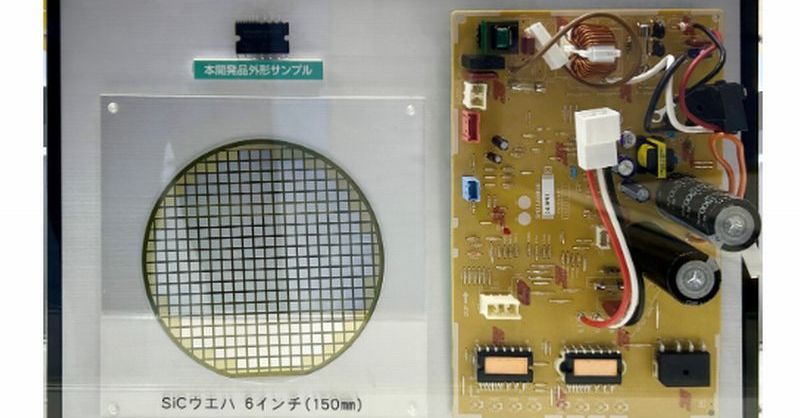Air Conditioner Efficiency: Revolutionizing Cooling with SiC IPM Solutions
The global demand for efficient and sustainable cooling solutions is soaring. As concerns about climate change and energy consumption intensify, the search for innovative technologies to improve air conditioner (AC) efficiency is more critical than ever. One promising solution gaining traction is the use of Silicon Carbide (SiC) Insulated Gate Bipolar Transistors (IPM) in AC inverters. This technology offers a significant leap forward in energy efficiency and performance, promising a cooler and more sustainable future.
What are SiC IPMs and How Do They Improve AC Efficiency?
Silicon Carbide (SiC) is a wide-bandgap semiconductor material boasting superior properties compared to traditional silicon (Si) used in conventional AC inverters. SiC IPMs, integrating multiple power semiconductor devices into a single module, leverage these advantages to achieve:
-
Higher Switching Frequencies: SiC IPMs enable much higher switching frequencies than traditional IGBT-based inverters. This leads to smaller and lighter AC units with reduced component count, contributing to lower manufacturing costs.
-
Reduced Switching Losses: The inherent characteristics of SiC result in significantly lower switching losses. This translates directly into reduced energy consumption and improved efficiency, leading to lower electricity bills for consumers and a smaller carbon footprint.
-
Improved Power Density: SiC IPMs offer a higher power density compared to silicon-based alternatives. This allows for the design of smaller and more compact AC units, ideal for space-constrained environments.
-
Enhanced Thermal Management: The lower switching losses contribute to improved thermal management, extending the lifespan of the AC unit and reducing the need for bulky heat sinks.
SiC IPMs vs. Traditional Inverters: A Key Comparison
| Feature | SiC IPM Inverter | Traditional Inverter (IGBT-based) |
|---|---|---|
| Switching Frequency | Significantly Higher | Lower |
| Switching Losses | Significantly Lower | Higher |
| Power Density | Higher | Lower |
| Efficiency | Significantly Improved | Lower |
| Size & Weight | Smaller and Lighter | Larger and Heavier |
| Cost | Currently Higher (but decreasing rapidly) | Lower (currently) |
The Environmental Impact of SiC IPM Technology in Air Conditioners
The widespread adoption of SiC IPM technology in air conditioners holds immense potential for mitigating climate change. By reducing energy consumption and improving efficiency, SiC IPMs contribute to:
-
Lower Greenhouse Gas Emissions: Reduced energy demand translates to lower reliance on fossil fuel-based power generation, thereby reducing greenhouse gas emissions.
-
Improved Energy Security: Increased energy efficiency contributes to enhanced energy security by reducing overall energy demand.
-
Reduced Operational Costs: Lower energy consumption leads to reduced operational costs for both consumers and businesses.
Challenges and Future Outlook for SiC IPM Adoption in ACs
While SiC IPM technology offers significant advantages, some challenges remain:
-
Higher Initial Cost: The current cost of SiC IPMs is higher than traditional IGBT-based solutions. However, economies of scale and ongoing advancements in manufacturing are rapidly reducing this price gap.
-
Supply Chain Considerations: The supply chain for SiC materials and devices needs to mature to meet the growing demand.
Despite these challenges, the long-term benefits of SiC IPMs in terms of energy efficiency, environmental impact, and cost savings are compelling. Experts predict a significant increase in SiC IPM adoption in the air conditioning industry in the coming years. Further research and development focused on cost reduction and improved supply chain efficiency will be crucial to accelerate the widespread adoption of this transformative technology.
Conclusion: A Cooler, Greener Future with SiC IPMs
SiC IPM technology is poised to revolutionize air conditioner efficiency, contributing to a cooler and more sustainable future. By significantly improving energy efficiency, reducing emissions, and offering long-term cost savings, SiC IPMs represent a crucial step toward a greener and more energy-secure world. The future of cooling is efficient, and it's powered by SiC.
